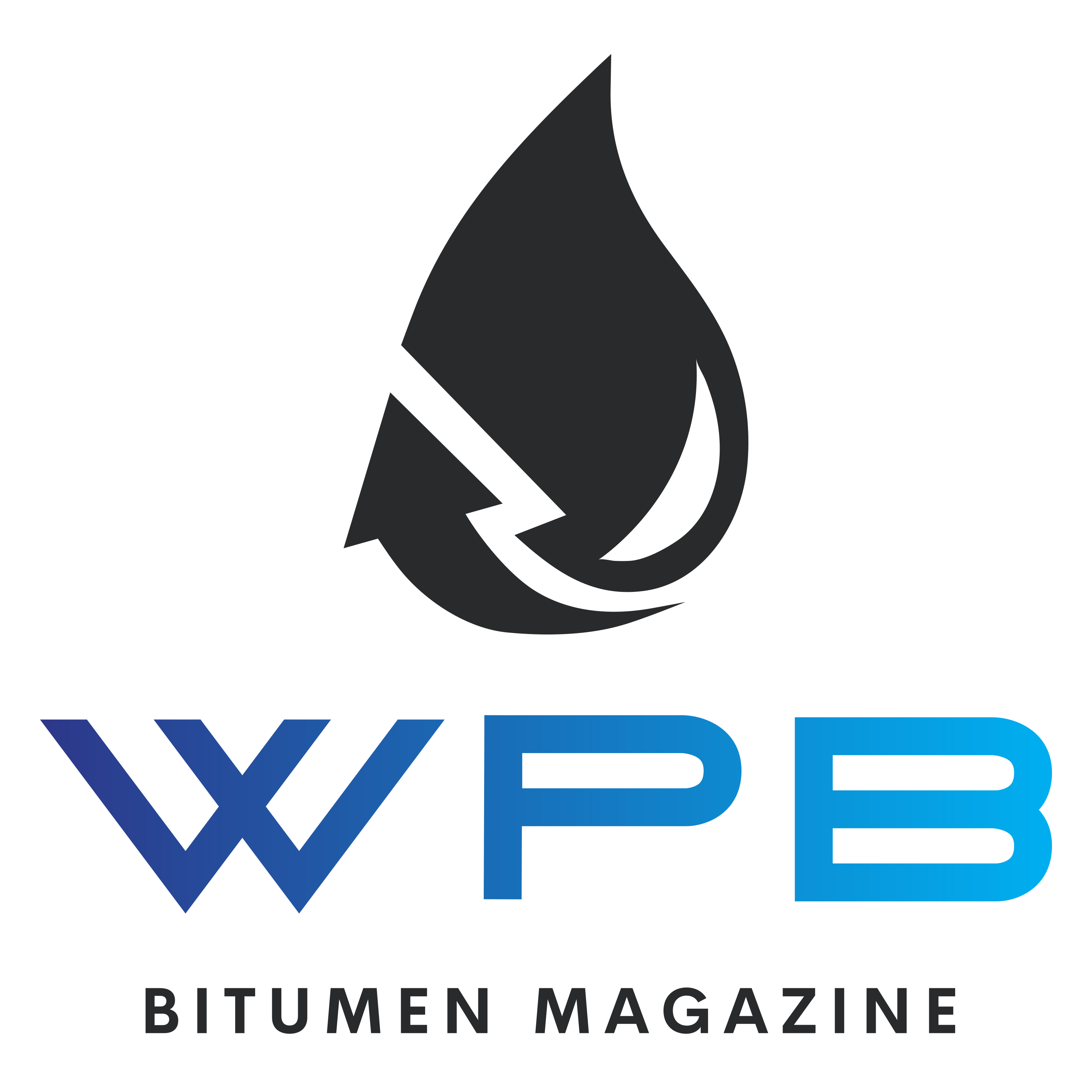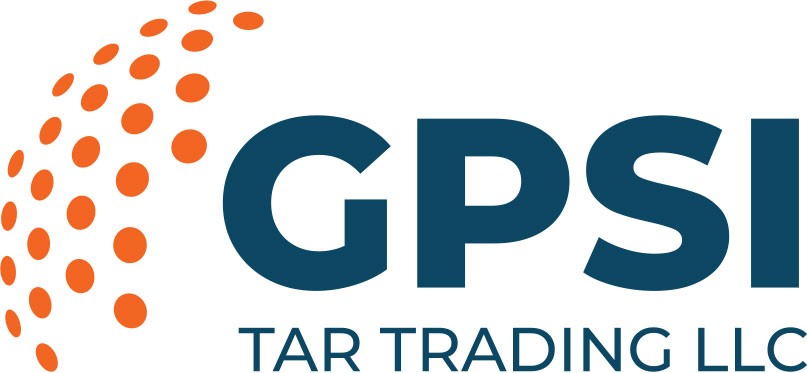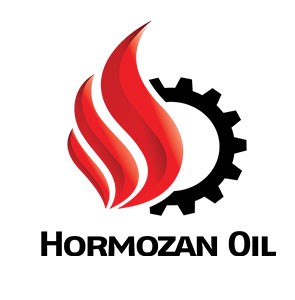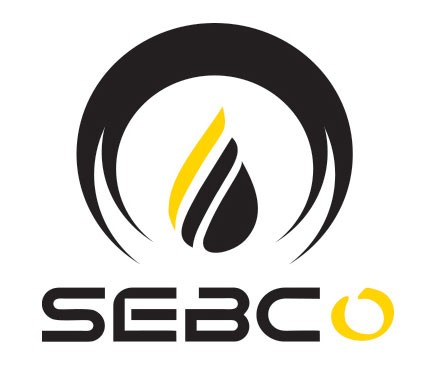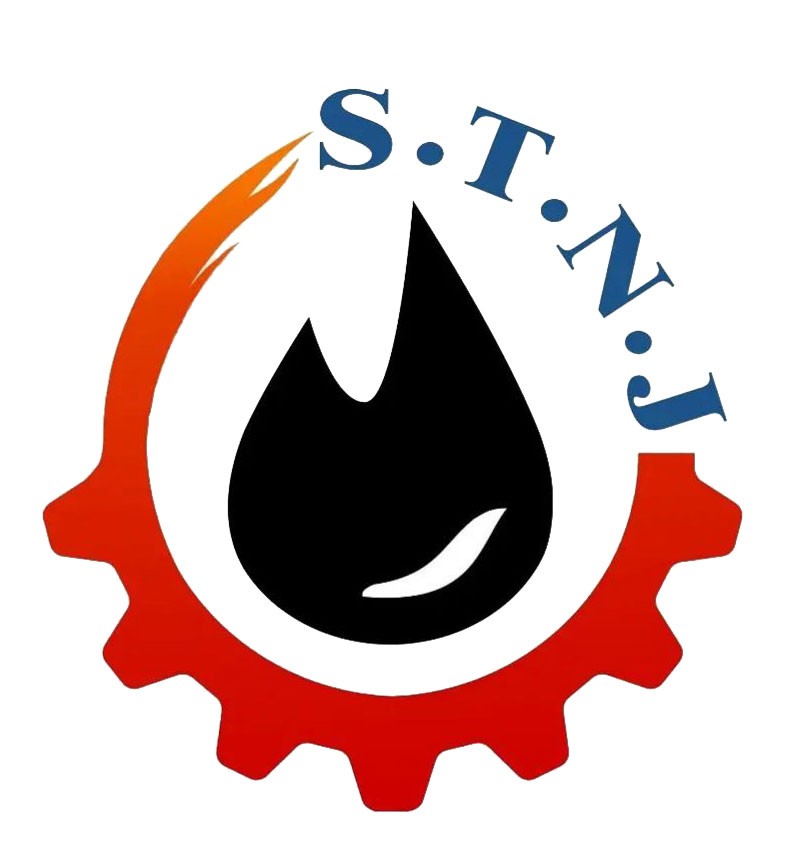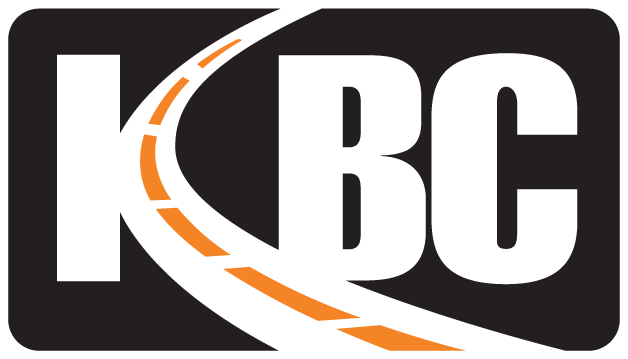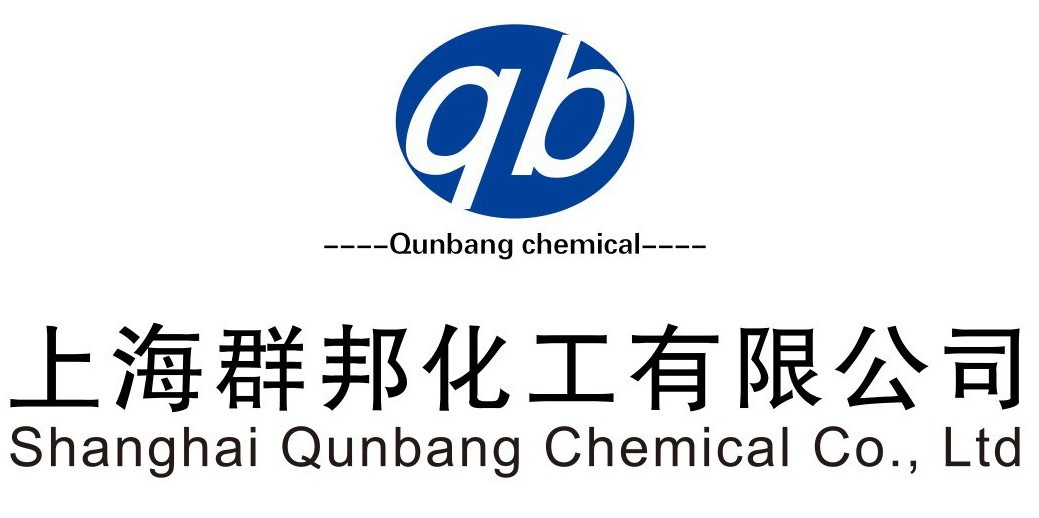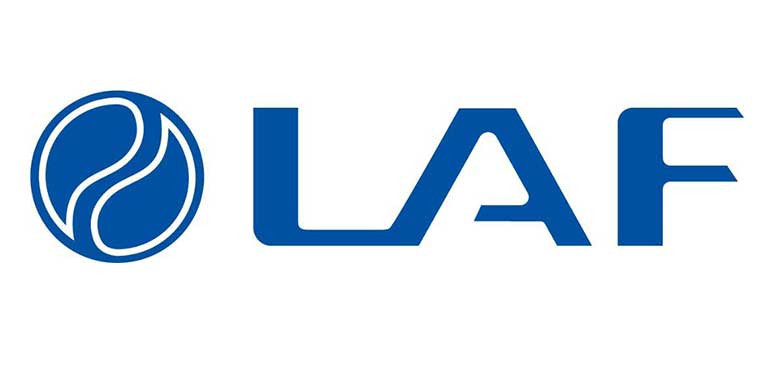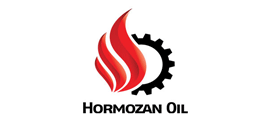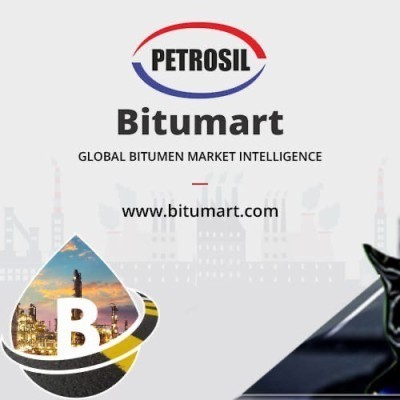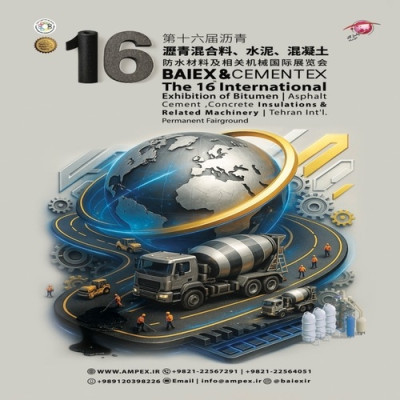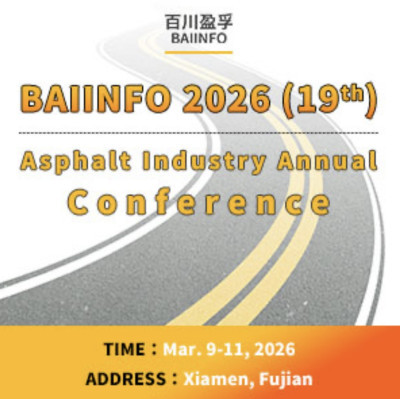WPB reports that China's asphalt industry has continued to experience a large-scale production in recent years, with an apparent "W-shaped" fluctuation pattern in annual output. While overall stability has been achieved in total production, there have been significant regional disparities, which have been influenced by variations in raw material availability, fiscal policies, and refining profitability. These continue to reshape the provincial distribution of domestic asphalt resources.
National Production Overview
China's asphalt production continued to grow steadily until 2020, when it reached its highest level. From 2021, the industry has continued to record high production levels, but with high volatility in accordance with the "W-shaped" trend. In 2025, the output will be approximately 27.94 million tons, an increase of 10.53% from the previous year. The easing of feedstock tightness at Jingbo Hainan and a strong recovery in asphalt production margins have been the drivers of this improvement.
Determinants of Output Fluctuation
Output quantities have been directly correlated with both structural and market-induced dynamics. Some of the main influences include feedstock prices and discount trends, evolving tax deduction mechanisms, refinery margin movements, and shifts in consumption demand.
• Production Rise: The commissioning of new refining units in 2023 resulted in a sharp rise in production.
• Profitability Constraints: But 2024 witnessed a decline in production as feedstock discounts expanded, lowering the profitability of the majority of refiners and discouraging asphalt-focused operations.
Utilization and Overcapacity Challenges
China's asphalt capacity utilization rate exceeded 50% even prior to 2020. In recent years, however, capacity growth has outstripped consumption growth, and overcapacity has persisted. Utilization has recovered somewhat to 33.23% by 2025, a modest 2.17-point rise from the last year, but still relatively low—indicating a continued imbalance between supply and demand in the sector.
Regional Output Characteristics
The nation's five key asphalt-producing regions—Shandong, East China, North China, South China, and Northeast China—continue to be the production leaders, accounting for in excess of 85% of national output on a steady basis. Regional trends, nevertheless, differ considerably depending on localized investment, feedstock availability, and policy evolution.
• Shandong: After record production in 2021–2023 from aggressive domestic refinery expansion, production dropped precipitously in 2024 as feedstock discounts and profitability expanded. Consumption tax deduction adjustments in 2025 boosted refining margins, spurring production growth once again.
• East China: Production has declined steadily as feedstock policy reforms raised costs and caused prolonged refinery shutdowns. The commissioning of hydrogenation facilities also diverted resources away from asphalt production.
•North China: Initially benefited from Hebei’s capacity growth through 2024, but a subsequent shift in tax policy during 2025 led to a sharp contraction in output.
•South China: Following a downturn in 2022, the region experienced a steady revival supported by the commissioning of Jieyang Petrochemical and Jingbo Hainan projects. The resolution of feedstock constraints by late 2024 allowed stable operations and continued output expansion.
• Northeast China: Output trends shifted from decline to recovery. Between 2022 and 2024, refiners preferred low-sulfur feedstocks for vacuum residue and bonded products due to higher returns. With narrowing margins in bonded markets by 2025, asphalt production regained momentum.
Conclusion
China's asphalt market continues to operate at high volumes but remains highly susceptible to policy, profitability, and feedstock volatility at the local level. While 2025 production shows a recovery to strength, the persistence of overcapacity risk underscores the need for more balanced regional planning and more advanced market coordination in order to realize long-term sustainability in asphalt supply and distribution.
By WPB
Bitumen, Asphalt, News
